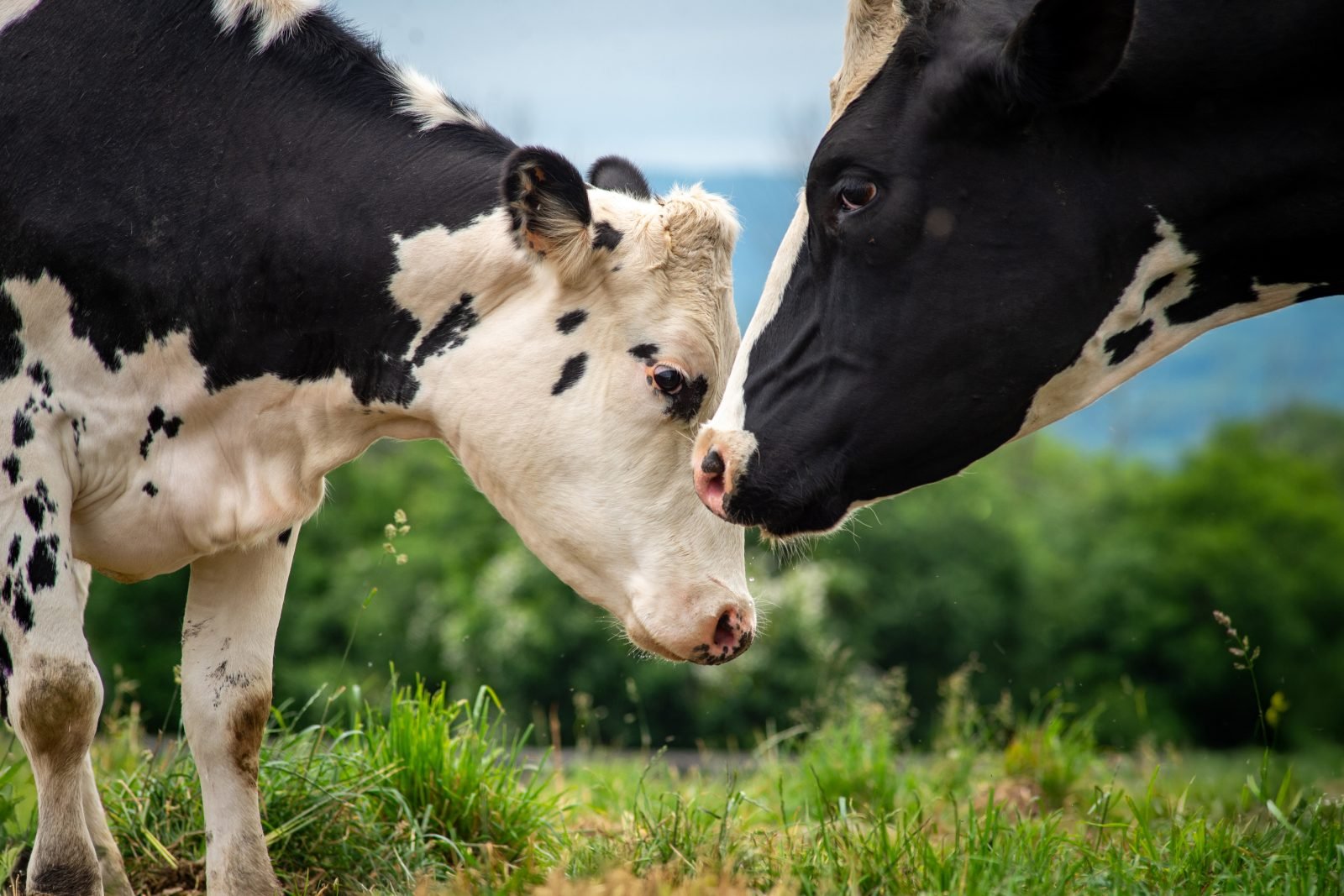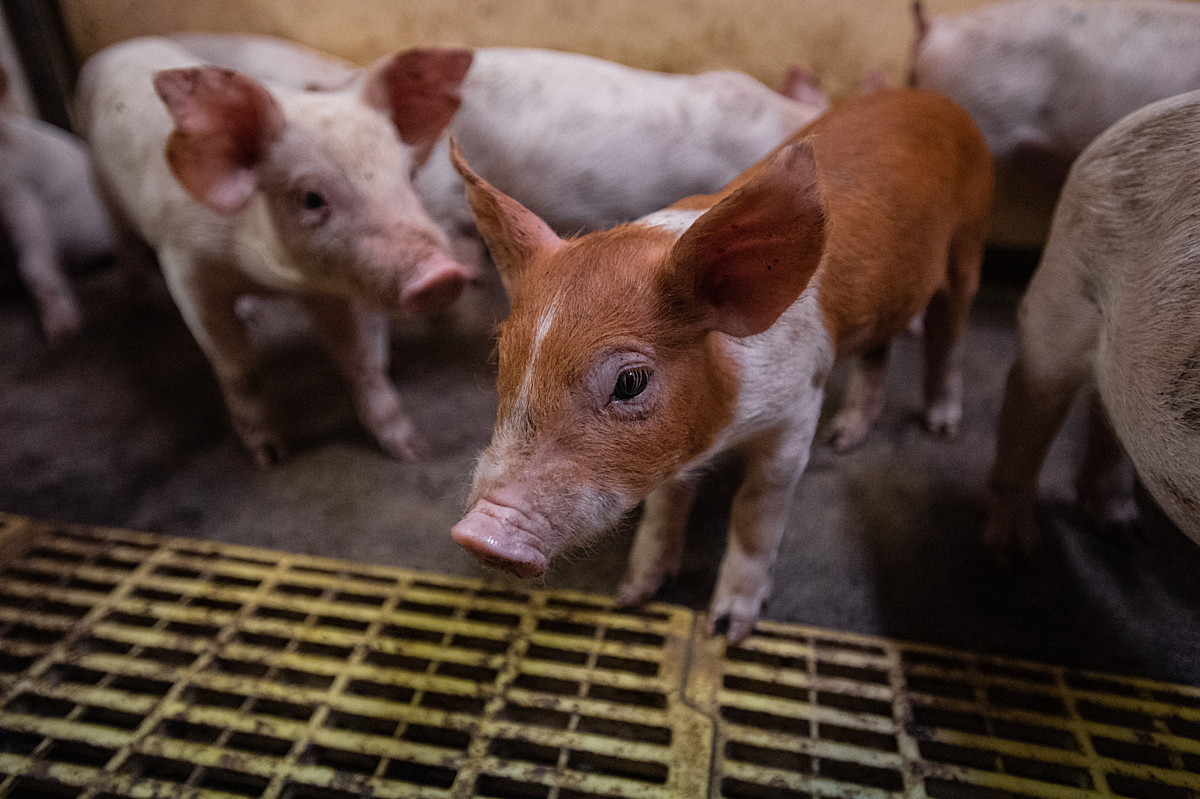A hungry child stands alone in the bathroom stall at school as classmates enjoy lunch in the cafeteria. A military family solemnly eats a holiday meal in a soup kitchen. A college student nervously counts spare change and then discreetly buys a bag of chips and a candy bar for lunch and dinner. A well-dressed career woman winces under the judgmental eye of a fellow shopper as she removes items from the checkout counter that she cannot afford. These aren’t benign scenarios, but examples of the shame sometimes felt by those who do not have enough to eat. These things happen daily to people of all races and genders and in different communities across the country.
Food insecurity typically occurs when a person lacks consistent access to sustenance. Government programs and food banks provide relief, but societal shame is often a roadblock that keeps people from seeking help. Moreover, the stigma surrounding food insecurity is often rooted in financial and racial inequity. Under the weight of a broken system, outreach is often hard to manage.
Some assume this issue began with the COVID-19 crisis, but many people have struggled for years with not having enough to eat. The Brookings Institution reported in 2020 that 27.5% of households with children were living with food insecurity. Jim Weill, president of the Food Research & Action Center (FRAC), noted: “We know what it takes to end hunger in this country, so there can be no more excuses. More must be done to raise employment rates and wages, and to protect and strengthen federal nutrition programs to ensure more low-income Americans get the nutrition they need for their health and well-being.”







